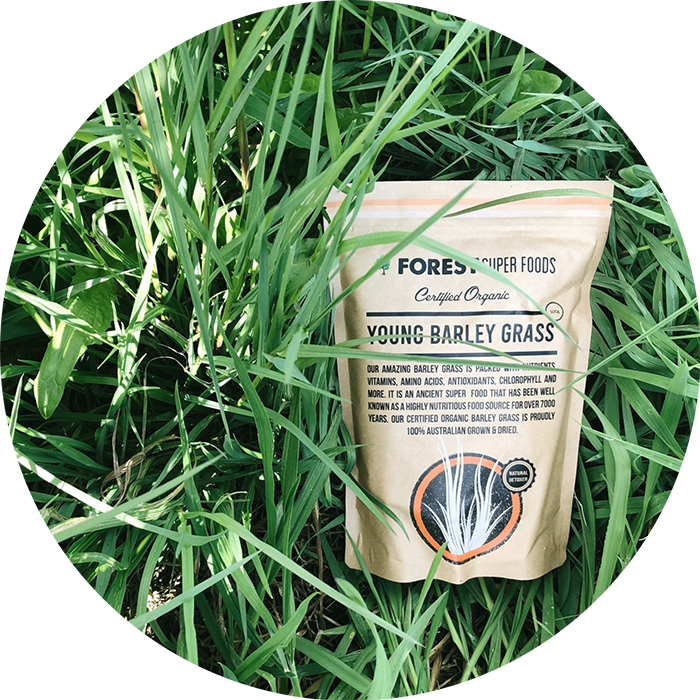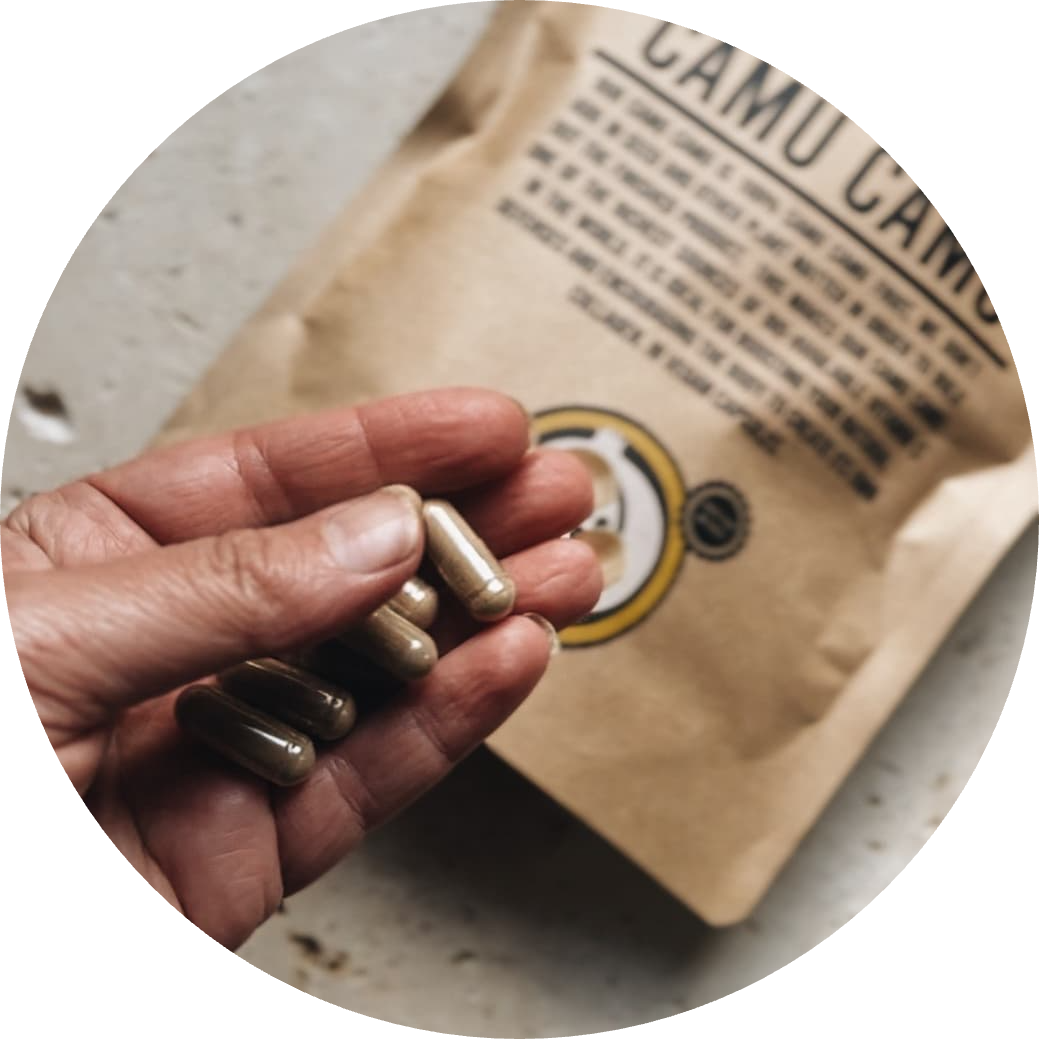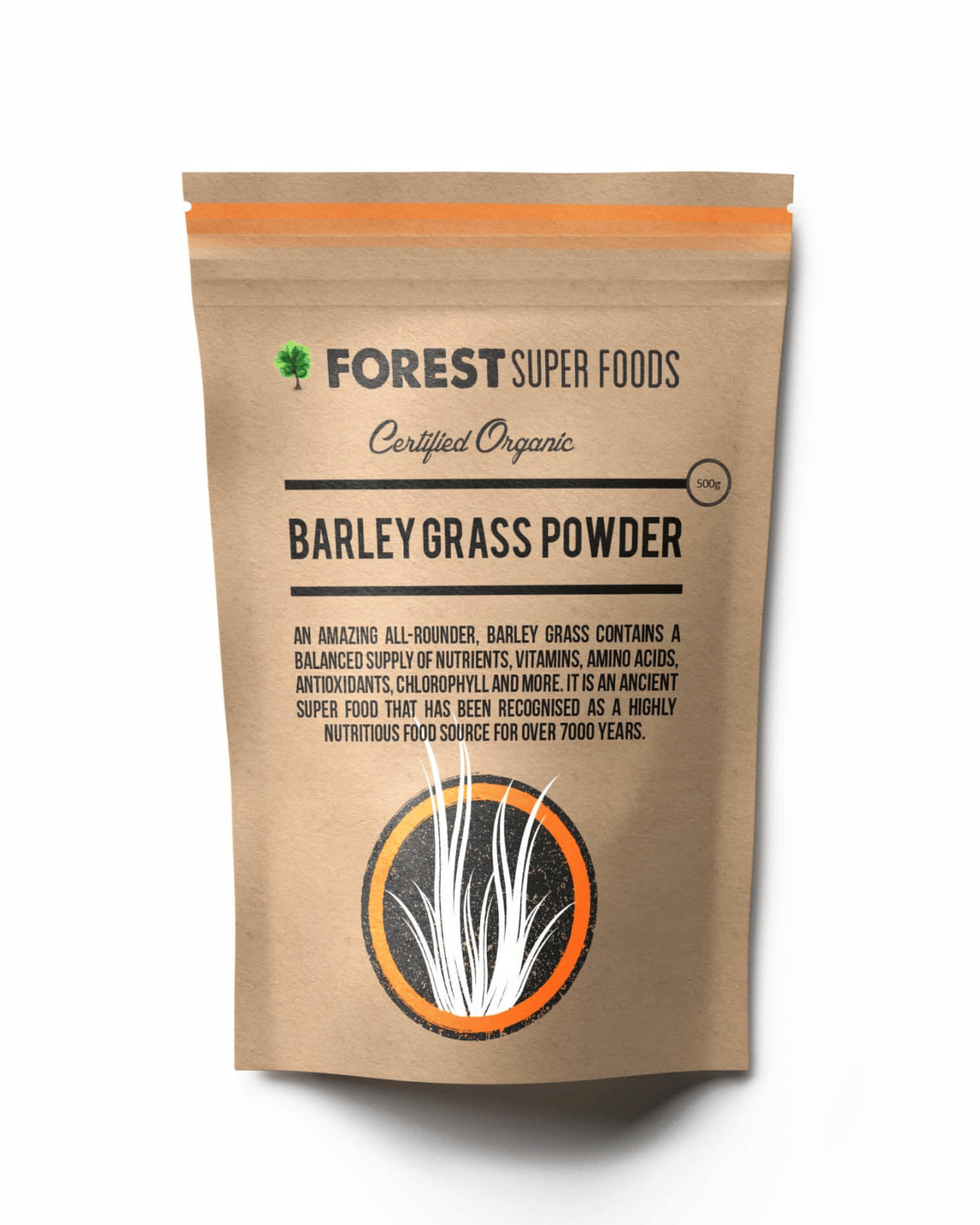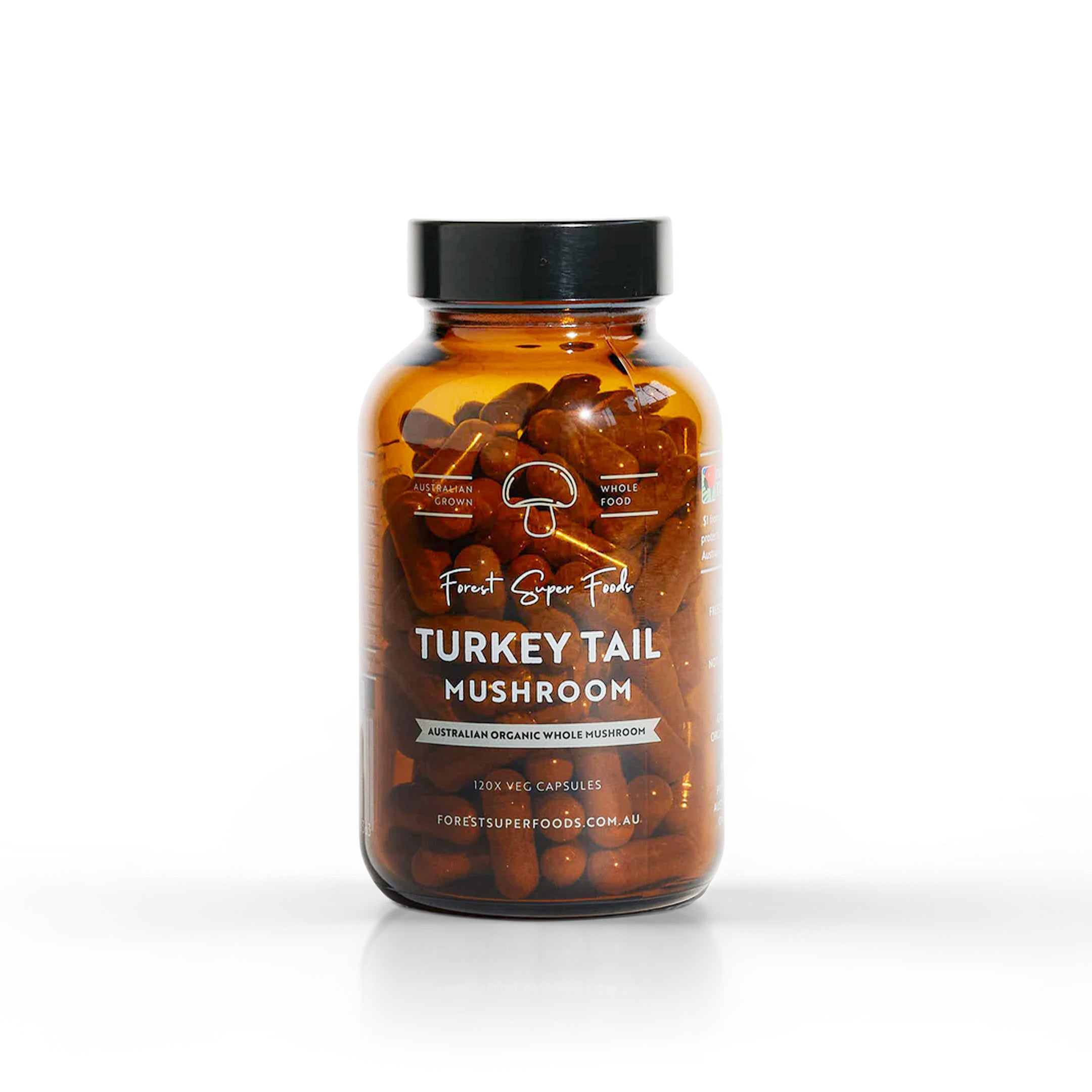I’m often asked how to support metabolism, appetite regulation, and blood sugar in a natural, sustainable way. And I hesitate to promise quick solutions—because the truth is, there is no magic pill—. That is especially true when pharmaceuticals are involved, there’s always a trade-off. True, lasting change comes from working with the body’s own systems, not overriding them. That’s why we need to talk about Barley Grass
Research suggests barley grass may help stimulate the body’s own production of GLP-1 (glucagon-like peptide-1), a powerful hormone that plays a key role in metabolic health.
Let’s explore what that means and why it matters.
What is GLP-1?
GLP-1 is a hormone produced in the gut after eating. It helps regulate:
- Blood sugar levels by enhancing insulin release
- Appetite by promoting satiety
- Digestion by slowing gastric emptying
- Fat metabolism and energy use
GLP-1 is the same hormone targeted by medications like semaglutide (Ozempic) and tirzepatide (Mounjaro).
These drugs mimic GLP-1’s effects to aid in weight loss and diabetes management.
The exciting discovery is that certain foods—like barley grass can stimulate your body's natural GLP-1 production.
What the Science Says About Barley Grass
A 2020 study in Diabetes & Metabolism Journal found that green barley grass:
-
Increased GLP-1 secretion in the gut
- Supports healthy insulin function
- Animal studies suggest a role in maintaining healthy blood sugar levels
Australian Grown Young Barley GrassAustralian Grown Certified Organic Barley Grass. Harvested young before gluten develops. 立即訂購 |
 |
Another study published in Nutrients (2017) showed that barley grass improved the gut microbiome, which in turn enhanced GLP-1 signalling. The mechanism?
A combination of fermentable fibre, antioxidants, and chlorophyll-rich compounds in barley grass that nourish the gut lining and influence gut-derived hormones.
Why This Matters
If you’re struggling with:
- Unstable blood sugar
- Weight gain or resistance
- Constant hunger or cravings
- Low energy or sluggish metabolism
...then boosting GLP-1 function may support your body’s natural rhythm of appetite regulation and glucose control.
How to Use Barley Grass Effectively
-
Start with 1 teaspoon of organic, freeze-dried barley grass powder once or twice per day.
-
Mix with water, juice, or into a smoothie—ideally alongside a meal to help balance the post-meal glucose response.
-
Pair with other gut-supportive foods such as chia seeds, flaxseed, and leafy greens to amplify GLP-1 production.
Look for barley grass that is:
-
Grown organically
-
Harvested young (before the grain forms)
- Freeze-dried to retain nutrients
Other foods to add to your diet to increase GLP-1 production: Whey protein, eggs, Greek yoghurt, legumes, green bananas, cooked and cooled potatoes, oats, chicory root, barley grass, green tea, blueberries, raspberries, raw cacao, extra virgin olive oil, kefir, sauerkraut, kimchi, miso.
常見問題
火雞尾菇有什麼功效?
火雞尾菇有助於腸道和免疫功能,也因其抗氧化和抗發炎的特性而聞名。它是整體健康和腸道保健的最佳選擇。
獅子毛好還是火雞尾好?
兩者的作用各不相同。獅子草以腦部健康和認知支援而聞名,而火雞尾則以免疫和腸道支援而受推崇。許多人同時服用兩者,以獲得全面的健康。
哪些人不宜服用火雞尾?
對蘑菇過敏、有自體免疫疾病、懷孕或哺乳的人,在服用火雞尾之前,請先諮詢醫療服務提供者。如果您正在服用免疫抑制剂或接受治疗,请务必先咨询医生。
火雞尾會對肝臟造成傷害嗎?
相反地,火雞尾蘑菇似乎可以保護肝臟和改善腸道健康。有證據顯示火雞尾蘑菇可減少肝臟發炎,並支持肝臟的健康。









發表評論
所有評論在發表前都經過審查。
本網站受 hCaptcha 保護,並適用 hCaptcha隱私權政策 和服務條款。